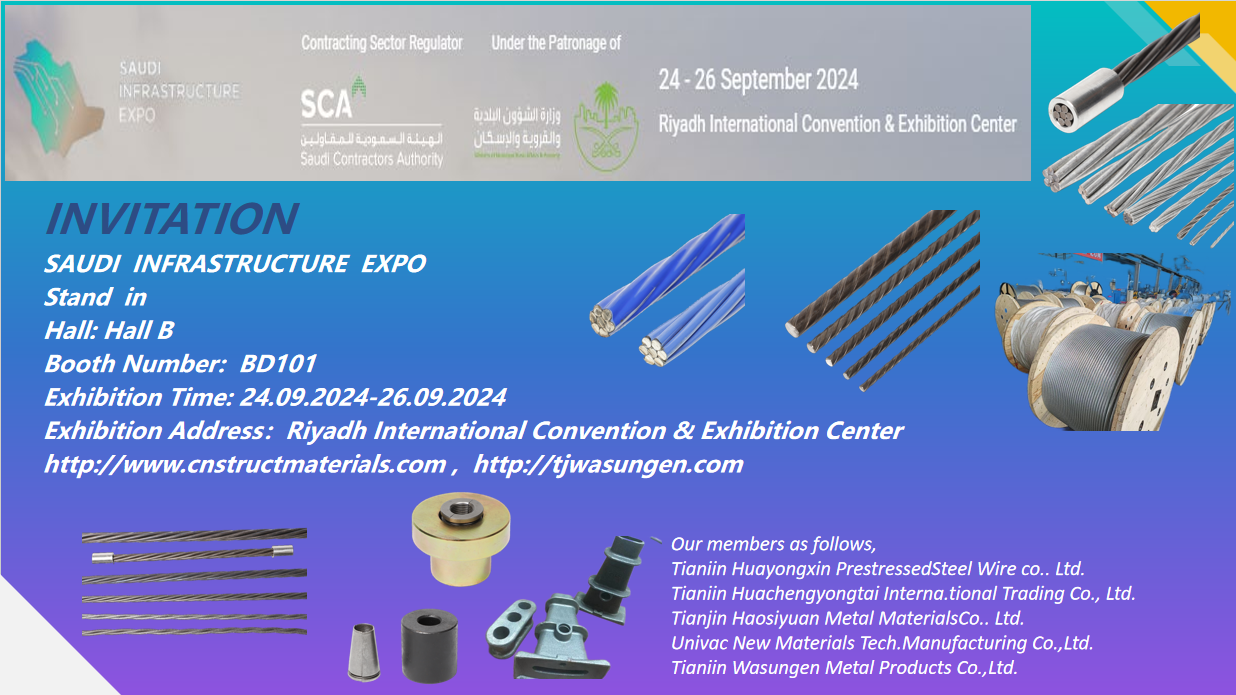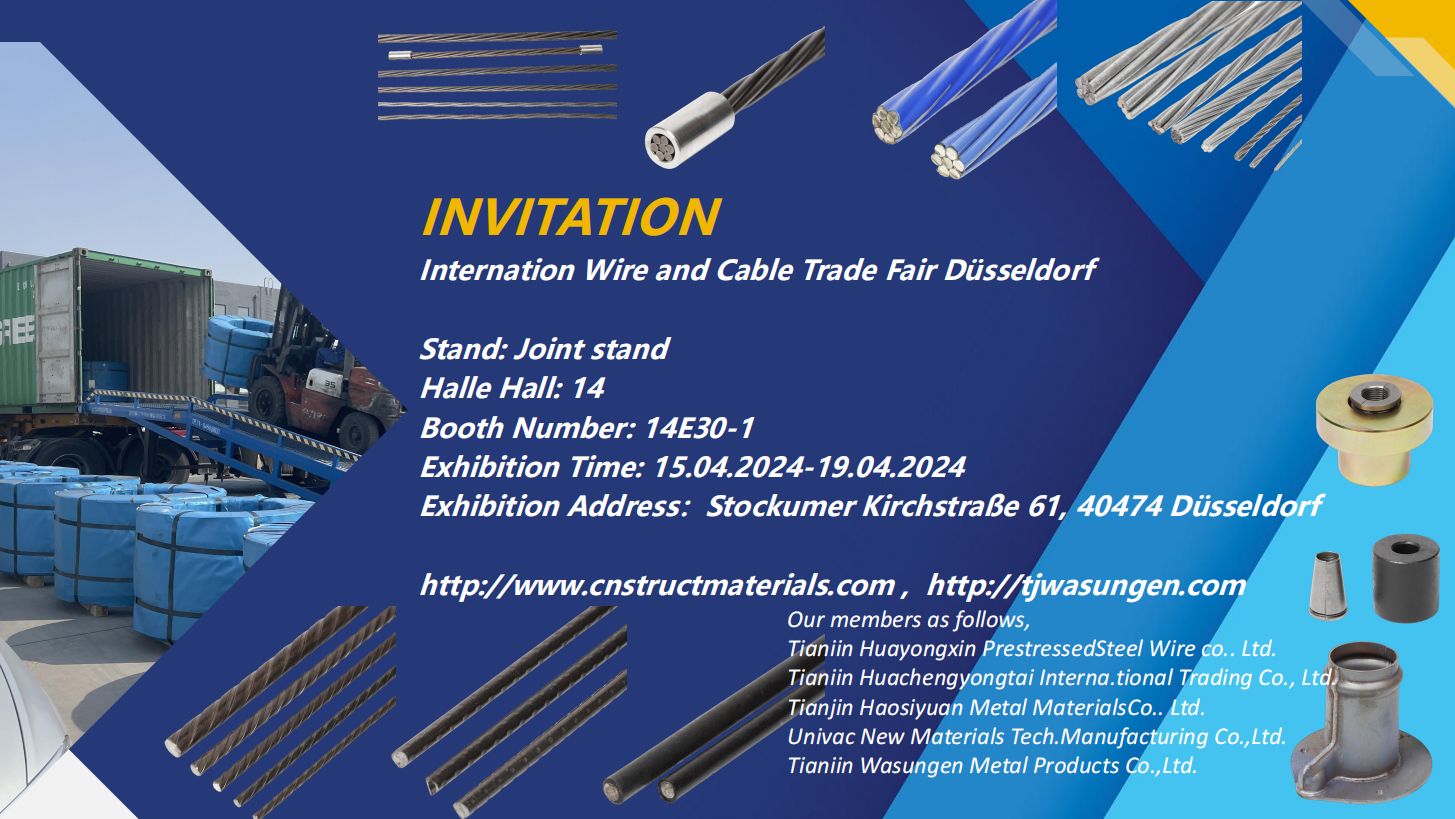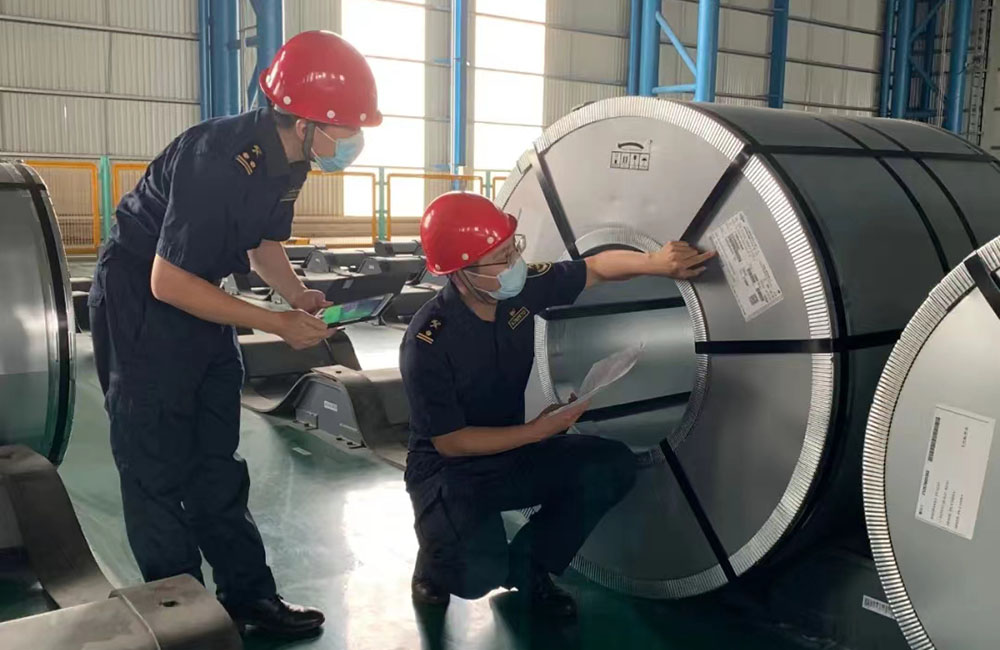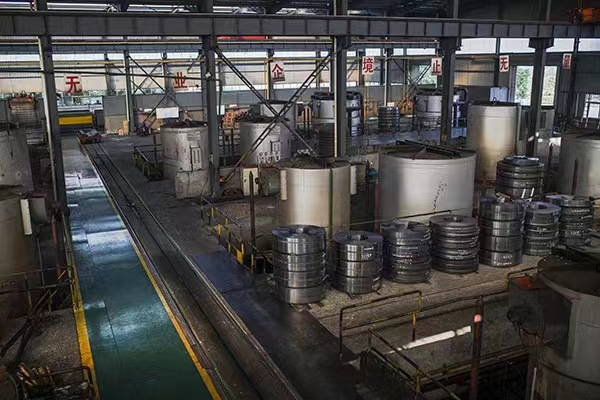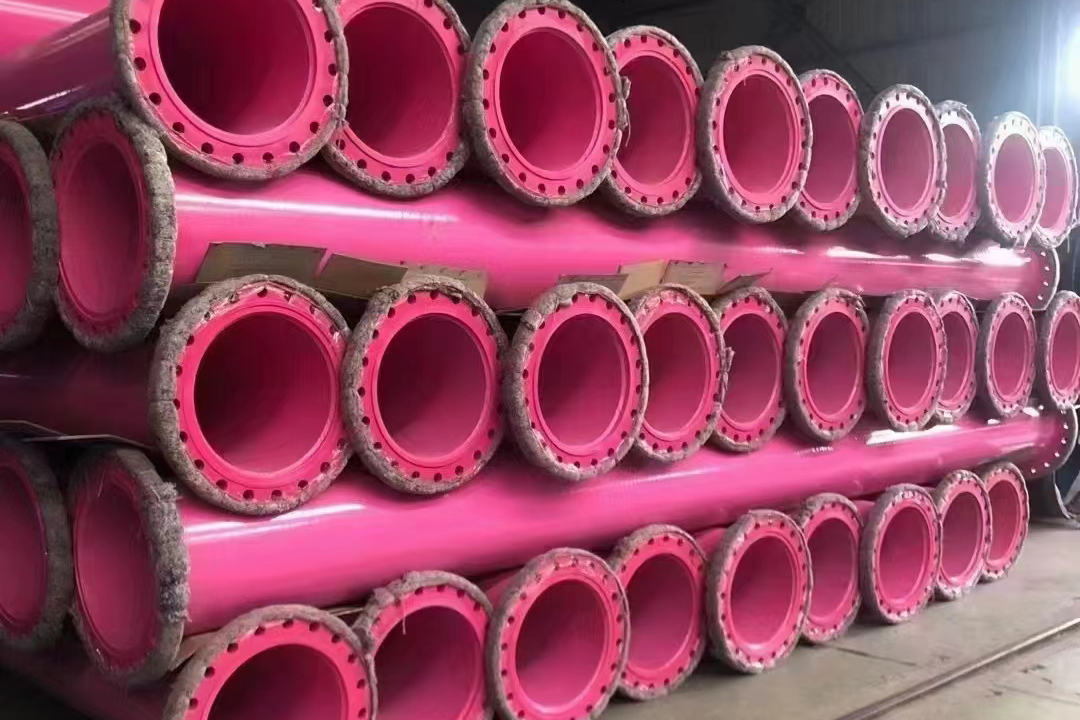0102030405
The Difference Between Wire Ropes and Steel Strands
2024-05-29 15:28:41
A steel wire rope is a winding rope made of multiple or multiple strands of fine steel wire. It is made of multiple layers of steel wires twisted into strands, and then a certain number of strands are twisted into a spiral rope with the rope as the center. In material handling machinery, For lifting, pulling, tightening and carrying purposes. Moreover, the steel wire rope has high strength, light weight, stable operation, is not easy to break suddenly, and is reliable in operation.


Features and Applications
Steel wire ropes can transmit long-distance loads, have a large load-bearing safety factor, are light in weight, and can withstand a variety of loads and variable loads. At the same time, they have high tensile strength, fatigue resistance, good impact toughness, and good corrosion resistance. and many other features. Wire ropes have become essential components and materials in metallurgy, mining, oil and gas drilling, machinery, chemical industry, aerospace and other fields.



The difference
1. The twist length is different. The lay length of the steel wire rope is (5-8) times the diameter, and the elastic modulus is not less than (1.2×105) MPa; the lay length of the steel strand is less than 14 times the diameter, and the elastic modulus is not less than (1.6×105) MPa.
2. Different types of divisions. Steel wire ropes can be divided into steel wire core steel wire ropes and fiber core steel wire ropes; steel strands can be divided into galvanized steel strands, aluminum-clad steel strands, stainless steel strands, etc.
3. Different characteristics. The steel wire rope has high strength, great elasticity and resistance to torsion; the steel strand is easy to bend and has a small lay length.
Inspection of wire rope
GB/T 20118-2017 "General Technical Conditions for Steel Wire Ropes" stipulates that the detection of steel wire ropes is mainly divided into the detection of steel wire ropes and the detection of split wires. Among them, the testing of steel wire ropes includes: diameter measurement, length measurement, weight measurement, steel wire rope core inspection, steel wire rope oiling inspection, steel wire rope looseness inspection, steel wire rope surface quality inspection and steel wire rope breaking tension measurement; and the split steel wire test includes: steel wire diameter Measurement, steel wire tension test, steel wire repeated bending test, steel wire torsion test, steel wire coating test, etc.

The detection of steel wire rope can also be based on its actual use. For example: GB/T 33955-2017 "Wire Rope for Mine Hoisting", GB/T 26722-2022 "Wire Rope for Ropeway", YB/T 5196-2005 "Wire Rope for Aircraft Operation", GB/T 8918-2006 "Wire Rope for Important Purposes" 》, GB/T 12753-2020 "Steel Wire Rope for Conveyor Belts", GB/T 8903-2018 "Steel Wire Rope for Elevators", etc.
Inspection of steel strands
When testing steel strands, they are also tested based on the actual use of the steel strands. For example: ASTM A416, PrEN10138, AS/NZS4672.1, GB/T 5224-2023 "Steel Strands for Prestressed Concrete" stipulates that steel strands for prestressed concrete need to be surface inspected. , Dimensional inspection, tensile test, straightness, weight deviation, stress relaxation performance test, fatigue test, deflection tensile test, stress corrosion test and other tests.




